|
“Where did it go?”
Searching through the ankle-deep caramel colored water of the Paria River, Grant and Ethan briefly see the trout’s dorsal fin break above the surface only to disappear in a quick flick of the tail. “There it is!” The boys frantically slosh across the barely submerged muddy floor, as Grant dips his hands to sweep a small section of the Paria in wide arcs. “Nothing.” Looking around and then looking at us, the boys are mystified that the trout as eluded them in such a shallow, open space. As the last bit of sun blazes across the red sandstone of Lee’s Ferry at the beginning of the Grand Canyon, we turn towards our camper and thoughts of dinner. The following morning, Amy and I paused our run at a small bridge upstream to stretch and as we looked down, we happened to see the trout half-beached on a sand bank having made only 50 more yards of its exhausted journey upstream. Looking down at the trout, I was struck by opposing thoughts. It is commonly known that, with much variation, the culminating act of a trout’s life cycle is swimming upstream to spawn in the same river it hatched (after all, trout are in the same family of salmon). In truth, though, only around 70-80% of salmon return to the stream of their birth as a certain smaller percentage wander to new and different streams. For the various species of salmon to remain healthy and viable, there needs to be this split: the majority returning to the familiar and a smaller percentage heading off to explore different locations and colonize different streams. This not only adds to genetic diversity with cross-breeding but also protects the species in case something catastrophic happens to the ‘mother stream’. In this way, salmon re-colonized streams after the last major ice-age, slowly migrating back north, for example, into British Columbia and Alaska. Likewise, though, this also protects the species from the opposite catastrophe of fruitless and errant wanderings as not every stream nor river is habitable and navigable, so it is vital for the majority of the species to return to proven breeding grounds. Thinking of it this way, evolution found this balance as species focusing too much on either extreme probably ran into some type of ‘extinction event’ that proved to be, literally, a dead end. In the Paria River, the trout’s instincts drove it relentlessly upstream even when it is clear that this was not a viable choice. But this trout’s actions were vital and necessary for the species as a whole even if this individual reached one of those ‘dead ends’. While seeing waste and necessity and the stark oppositions of death and survival, more importantly I am left with the powerful feeling of glimpsing the vibrant thriving of life.
1 Comment
Arriving at 3AM is perhaps not the best way to begin a home stay with a family, but greeted with smiles and yawns at Casa Susana, we grabbed our bags, walked into our host family’s house, and our trip to Nicaragua officially started. Ryan, the boys, and I were all eager to learn Spanish and starting our trip to Nicaragua with a two week language course in San Juan Del Sur (SJDS) helped make the following nine weeks in Central America a fantastic experience for the whole family. It was very reassuring and convenient to have four people collaborating together when trying to bargain with a taxi driver, order food, rent surfboards, pay a bill, or just simply trying to chat up with anyone interested in having a conversation with us. While we certainly made the most progress learning Spanish while taking the course, I am happy to say we continued to learn and build off of our foundation throughout the rest of our trip. What made that possible was the the continual positive enthusiasm and energy we received from the Nicaraguans who just seemed so appreciative and happy that we were giving it a go speaking their language. Grant and Ethan were especially willing to jump into conversations with fellow children, grandparents and anyone in between. The warm reception from all the Nicaraguans we met as well as being willing to make mistakes (or maybe just being completely ignorant of our mistakes) helped us make continued progress and feel like we were a part of the community.
Dripping with sweat, covered with an interesting mix of sand adhered to sticky SPF, and combatting the gale force winds, I did wonder what we had gotten ourselves into and how I was personally going to survive the next three and a half weeks. It would take us a good 45 minutes to get to the break, and then you actually have to also figure out how to surf at a new break. Is it best to surf at high, low, incoming or outgoing tide? When are the least amount of people on the break? Does swell direction make a difference? Invariably, the sun would be going down by the time we started our walk home which most likely meant we would be walking home in the complete dark….
|
AuthorAmy Archives
May 2016
Categories |

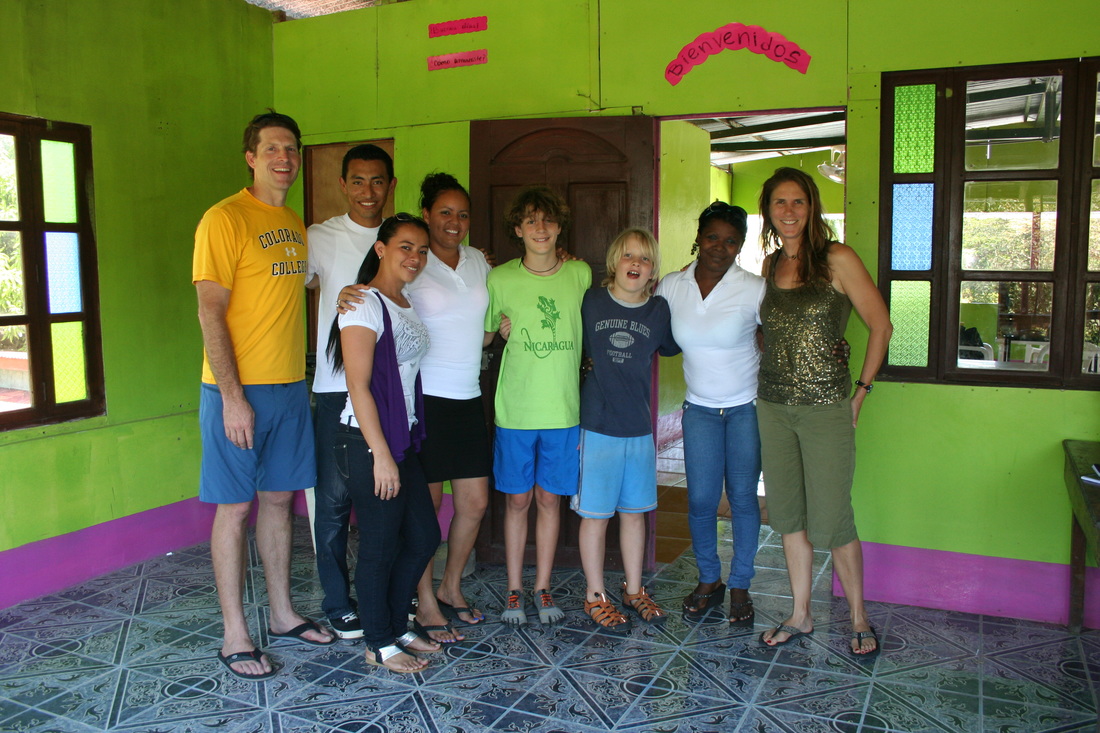


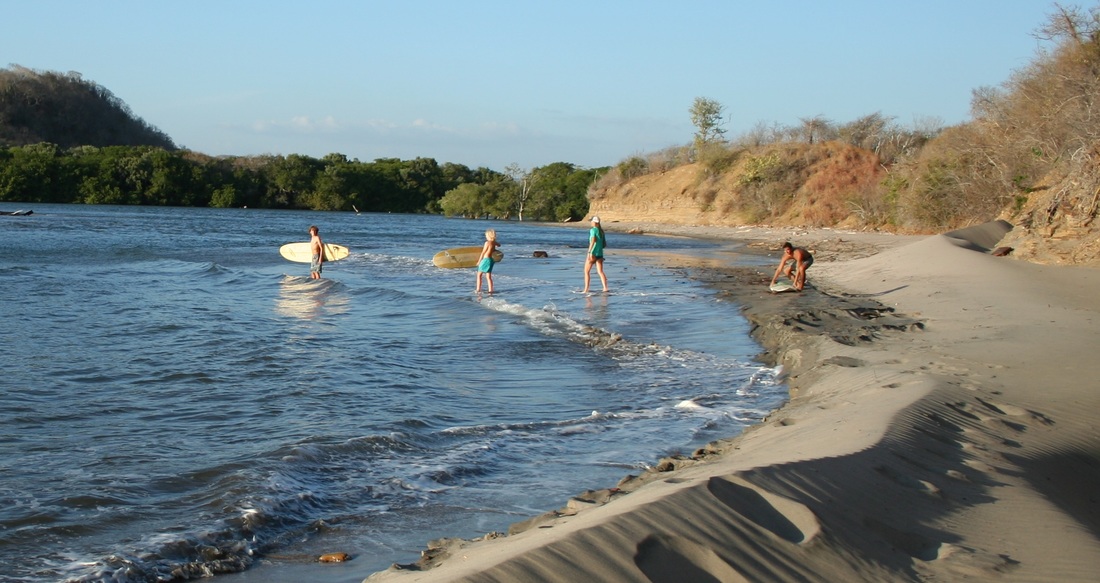
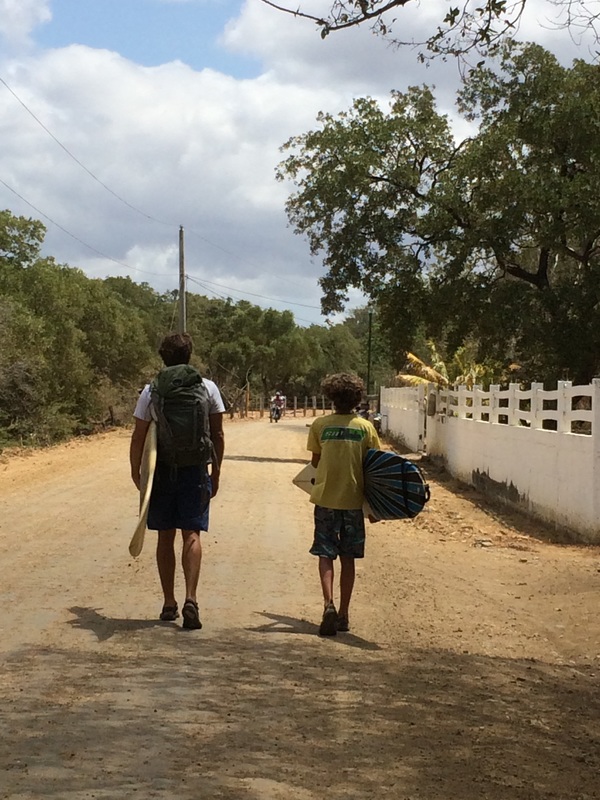


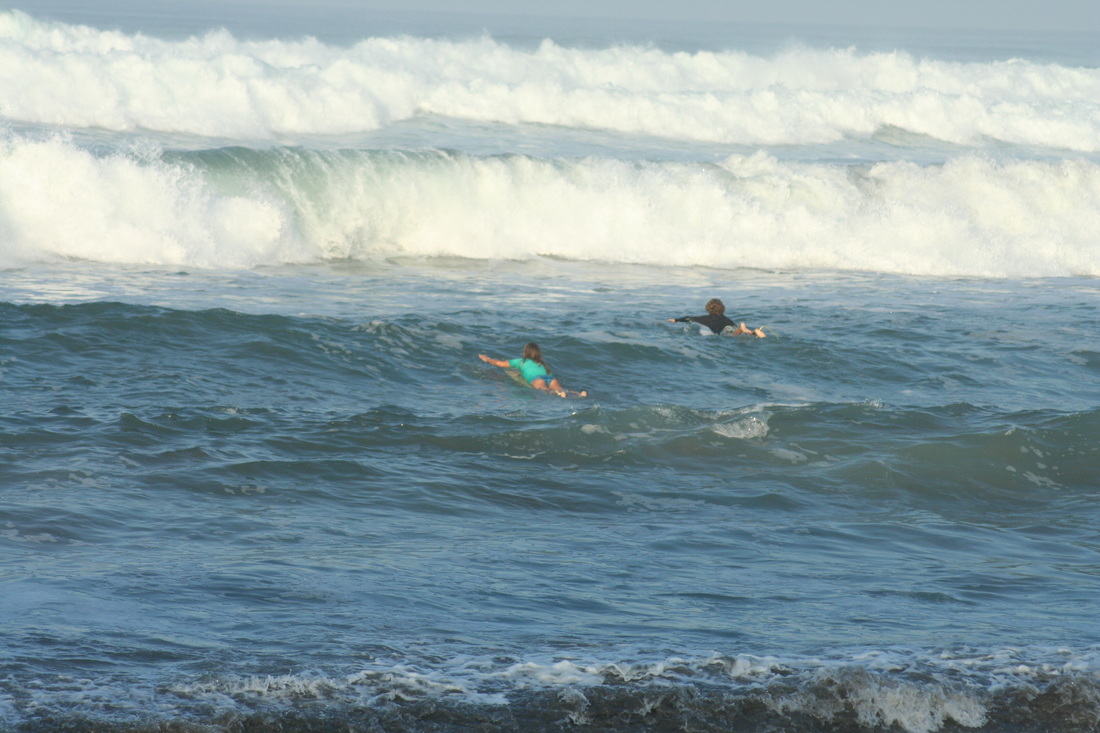


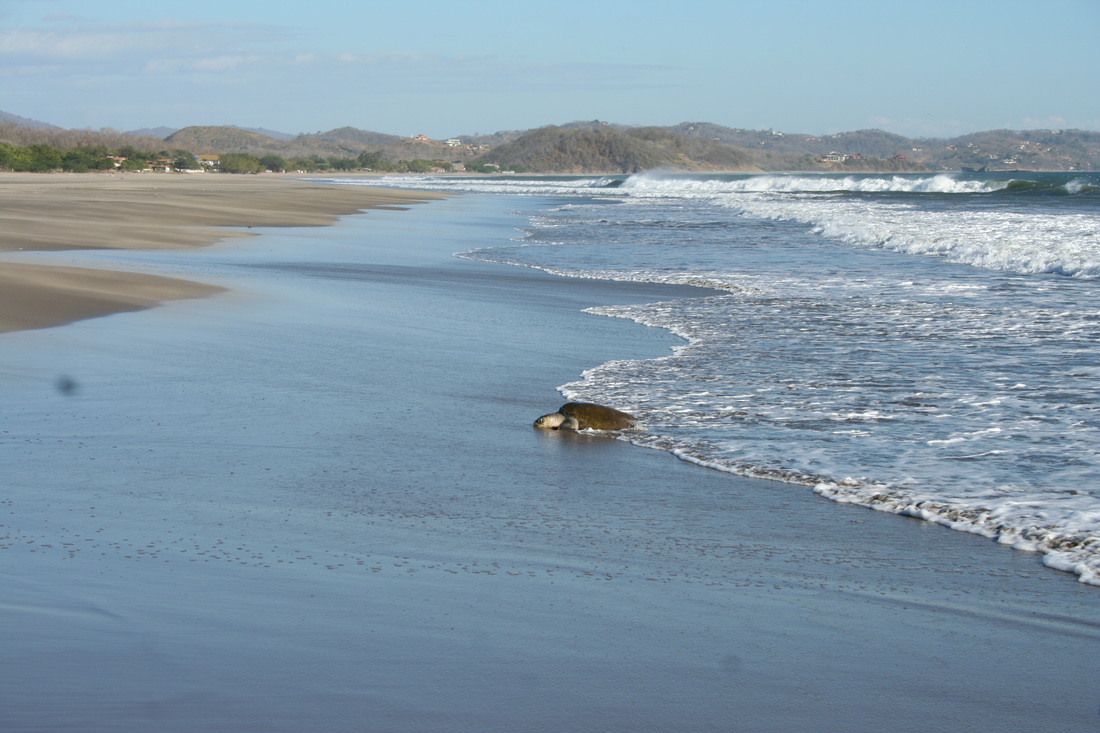
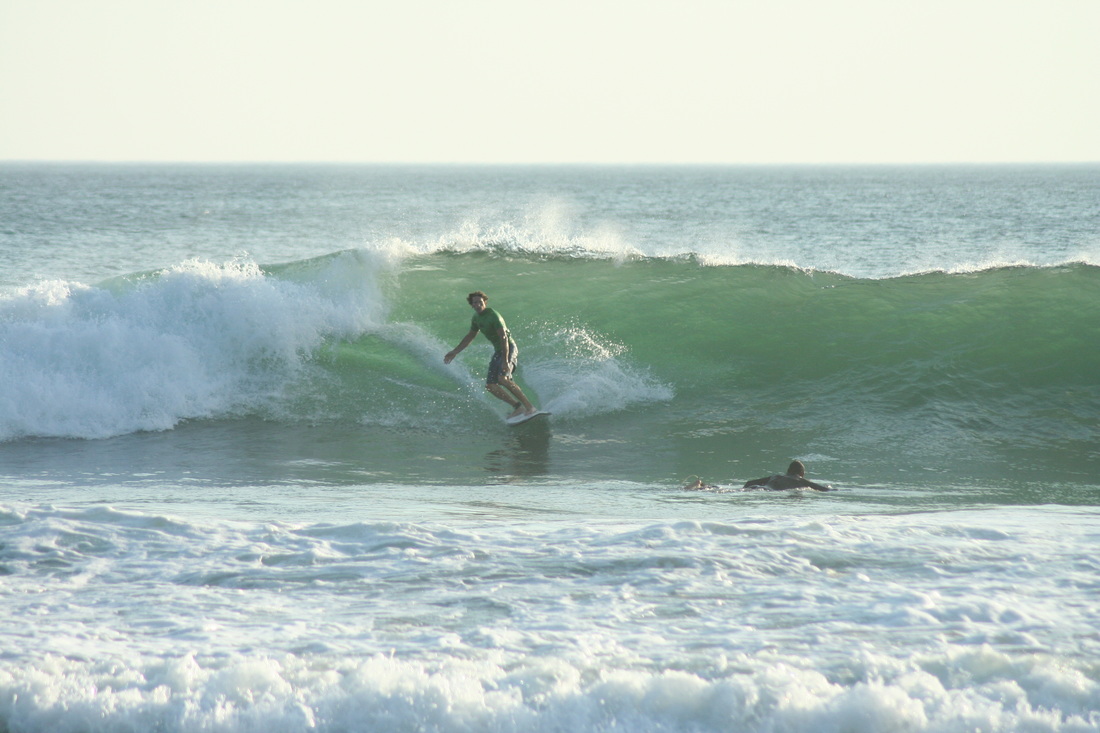

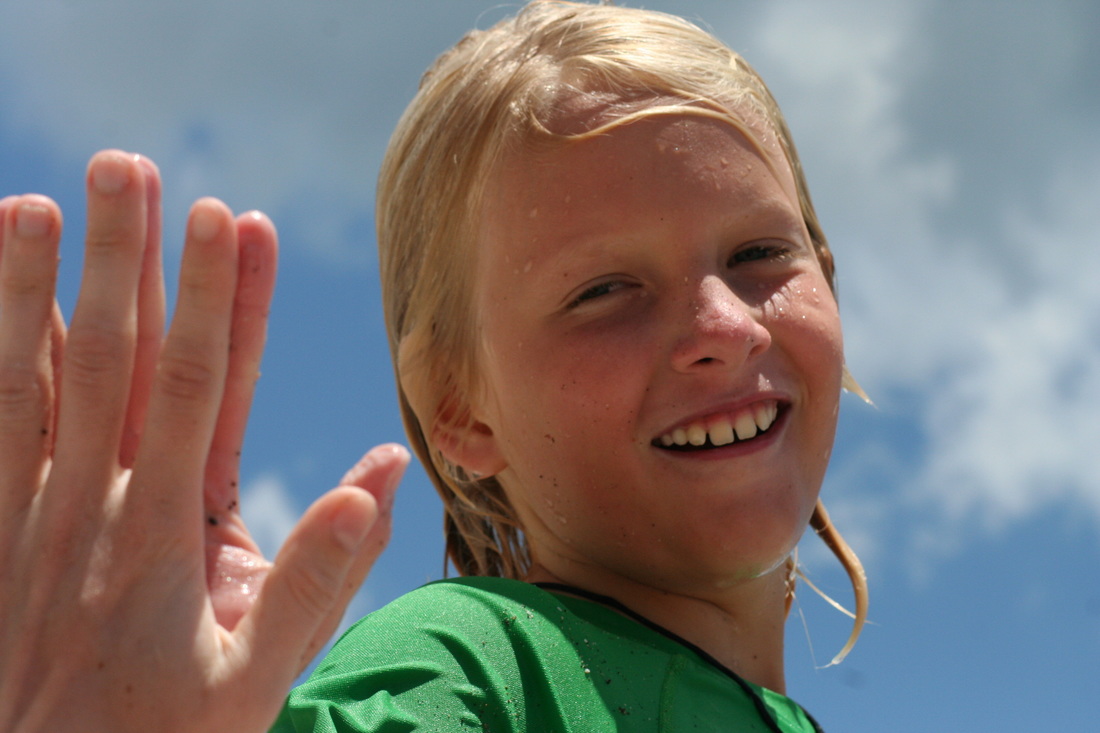


 RSS Feed
RSS Feed